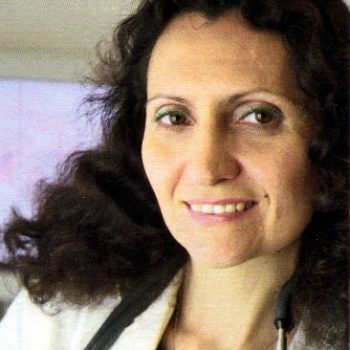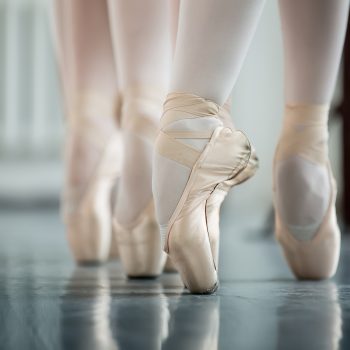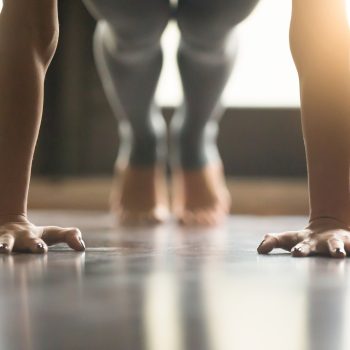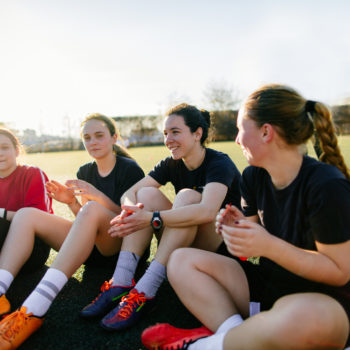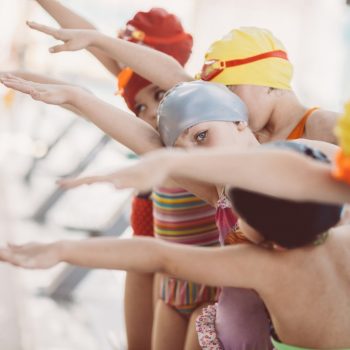The best marathon runners tend to be thin and light, Olympic swimmers have huge feet and gold medal weightlifters are solid blocks of muscle with short arms and legs. To every physical typology there seems to correspond some sport activities that can be practiced with more success compared to other disciplines. We talk about this topic with Professor Daniela Lucini, Head of Exercise Medicine at Humanitas.
Technique and genetic predisposition
Increasing knowledge of genetics has made it possible to identify so-called “performance genes”. Although having very high values does not automatically qualify us for the NBA, but having the right physique for the right sport is a good starting point. However, it is no coincidence that athletes of African origin almost always hold most of the best times in running and that the Kenyans of the Kalenjin tribe hold 40% of the highest honors for running at a distance. These runners tend to have thin legs, with high calf muscles (a genetic trait) and an anatomy particularly suited for running. The fact that they live in places at high altitudes also helps them increase the amount of red blood cells in the body and thus their cardiovascular abilities, both of which are vital for long-distance running. Many factors are involved and the ability to use oxygen efficiently is among the most important ones. This is a characteristic regulated by the EPOR gene, which initiates the production process of red blood cells. However, the most important genetic variation is between individuals and not between races. What do we know so far about the different physical phenotypes suitable for particular sports?
The ideal physique does not exist
The ideal physique for rowing is one endowed with height, heaviness but at the same time with a very reduced amount of body fat (10% in men), with wide shoulders and long and powerful limbs. Pistol firing also requires an impressive musculature of the upper part of the body. The perfect swimmer, on the other hand, is tall, with narrow hips and very long limbs (especially the arms) and large feet, characteristics that offer a huge propulsive advantage. The 100-meter sprint runner is tall but has low legs and relatively narrow hips that give him a biomechanical advantage. In addition, they have a high percentage of fast shrinking fibers (over 80%). Those who are suitable for long marathons, on the other hand, have a slim build and light structure, a high percentage of slow shrinking fibers and very high oxygen uptake. The marathon runner also has a high resistance to dehydration. Those who exercise at high levels have a small, slender body with a high strength-to-weight ratio and uniform muscles. In order to be able to lift weights with good results, it is ideal to have a stocky body and a cardiovascular system capable of withstanding sudden increases in blood pressure.
Ectomorphs, mesomorphs and endomorphs
Most people have mixed characteristics but the physical types can be substantially divided into 3 phenotypes: Ectomorph, mesomorph and endomorph. The latter are round and soft, with relatively short limbs, high waist, small hands and feet. Ectomorphs are thin, slightly muscular with thin wrists and ankles, while mesomorphs have well defined muscles and broad bones, with a low and narrow waist. Those who belong more clearly to the latter physical type tend to do well in sports such as weightlifting, while running is the realm of the ectomorphs.
Fast and slow contraction of muscle fibers
To determine the physiological type it is also useful to think about the muscular structures and their functioning. Some people have a higher than average capacity to supply large amounts of energy for short periods, while others are better at supplying smaller amounts of energy over a longer period. The first group is suitable for power sports and the second group is more suitable for endurance sports. The relationship between fast shrinking muscles and the lens in each person is inherited.
“This is an interesting research – commented Professor Lucini. However, some studies have not found this evidence in favor of the thesis put forward by Harvard’s research. In the motivation to perform a certain sport, rather than the spread of that sport in a country, a set of other factors also come into play that obviously combine with genetics”.

